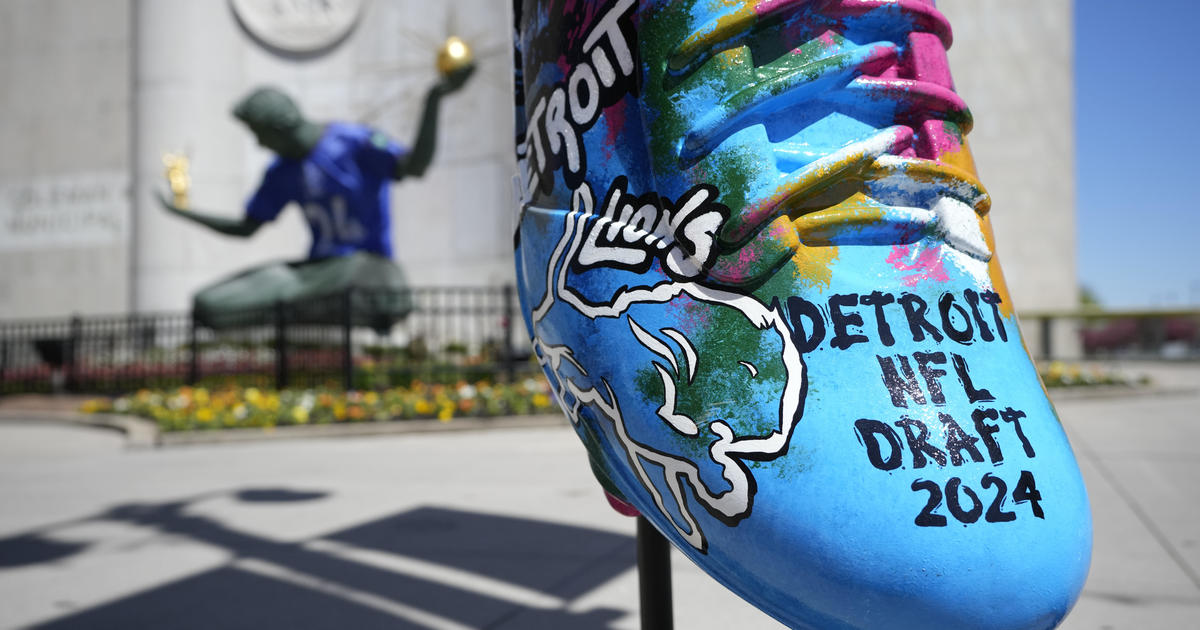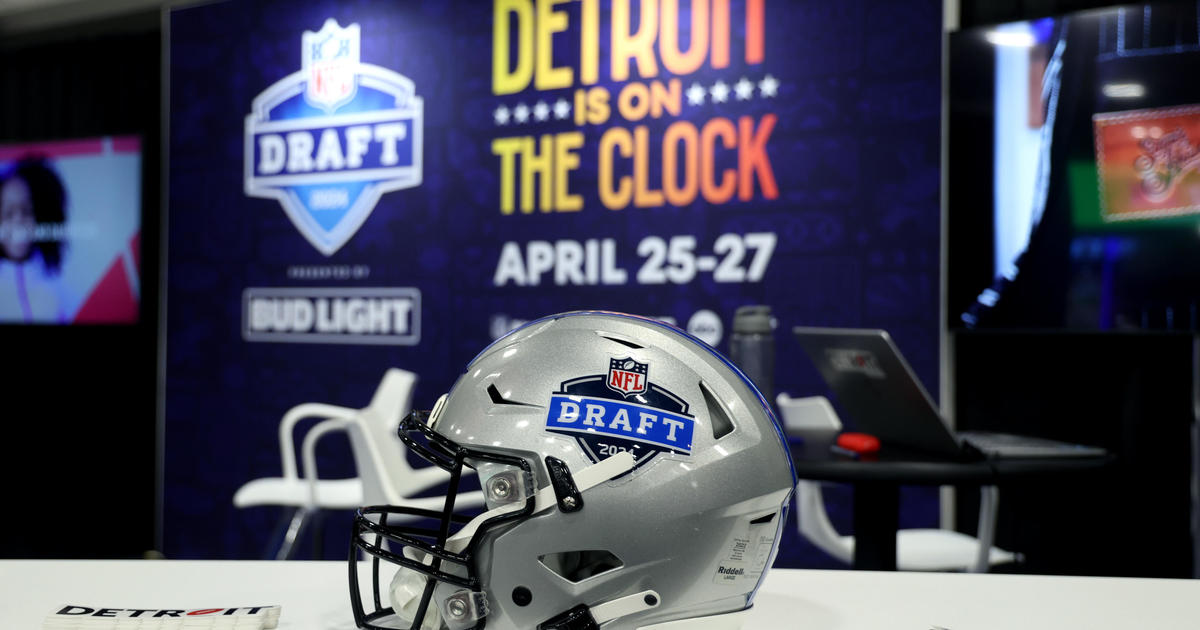With All The 100 Mph Pitchers, How Long Will The Arms Last?
By JANIE McCAULEY, AP Baseball Writer
OAKLAND, Calif. (AP) — Even Jose Canseco is uncertain he could take the heat.
With all those 100 mph fastballs flying through the strike zone these days from Aroldis Chapman, Noah Syndergaard and others, flame-throwers are the norm rather than the exception — in rotations and bullpens alike.
"We had big, strong, powerful characters. We had entertainers, really. I think today they're throwing harder, too. The pitching is amazing," said Canseco, an ex-slugger 16 years removed from his last big league game. "You see every other starter throwing 100 mph. Back then, we didn't have that. Back then, a good quality fastball was 92-93 mph. Today, it's almost 100, so I think you have to give credit to all these hitters to where they have less time to react. You get guys throwing harder, you get a rotation of two or three out of the five guys throwing 95 or above, you get relievers coming in it's almost criteria you've got to throw 100 mph."
Last season alone, 31 different pitchers hit 100 mph at least once, while Chapman threw 538 of his 972 pitches for the New York Yankees and Chicago Cubs— a jaw-dropping, swinging-and-missing 55.35 percent — at 100 mph or more, according to Major League Baseball's Advanced Media Statcast system. And he regularly reached 102 to 103.
Mauricio Cabrera of the Braves had the second-most with 344 of 644, or 53.42 percent, while the Mets' Syndergaard was next with 94.
"If you can command and throw hard, I think it's one of the most exciting things in the game," said Goose Gossage, a 22-year big league pitcher who was a Yankees guest instructor this spring. "You know pretty much what you're going to get is a fastball and here it is, hit it if you can. To throw like Chapman or throw the ball hard with command is a tremendous asset."
Yet here's the pressing question: Just how long will their arms sustain all that wear and tear?
There were 18 Tommy John surgeries last year for players on 25-man major league rosters, down from a high of 36 elbow ligament replacements in 2012, according to Baseball Heat Maps.
"This seems to be a growing topic in baseball. No doubt velocity has gone up for starters and relievers," said Stan Conte, former Giants and Dodgers head athletic trainer turned consultant. "Although the number of Tommy John surgeries in the majors was down from previous high of over 30 in 2012 and 2014, there was an increase in the minor leagues. There is a direct relationship with velocity and stress on the UCL ligament."
So much so that A's catcher Stephen Vogt has some serious concerns.
He sees young pitchers throwing so hard they can't even locate their pitches, and considers it a dangerous pattern — what he calls a "use them until they blow out and move on mentality."
"We're seeing so many young kids come up, they throw 95, 98, as hard as they can for a full season and then they come back and their arm's gone. Our bodies are not designed to withstand that much velocity. If you do, you're a freak," Vogt said. "But I think it's become a mentality of a lot of organizations is, 'Well, let's just use this guy 'til he can't pitch anymore and then next in line.' And I'm not a big fan of that. ...
"The years of 15- to 20-year relief pitchers is going away. It's becoming younger and younger, come in and throw as hard as you can because if you can't throw 95-plus you're not going to make it. There's a lot of people out there teaching just max velocity, they're not teaching how to pitch. I can't tell you how many high school kids they're like, 'Hey, can you catch a bullpen?' And they'll come out and they're throwing as hard as they can, and I'm diving for the ball. I'm like, 'Hey, come here, what are you working on?' 'Like I just want to throw hard.' I'm like, 'You're not going to get anybody out.' We're teaching kids how to throw hard, we're not teaching kids how to pitch."
The scouts see it everywhere, at every level.
"I think the summer showcase circuit and these kids trying to throw as hard as they can early has definitely impacted injuries," said Elliott Strankman, West Coast scouting supervisor for the Minnesota Twins.
Oakland closer Sean Doolittle and others in the bullpen with him are often awe-struck that hitters even put the ball in play given the pitches they are seeing — or, not seeing.
"It seems like in the past five years, maybe, 10 years, everybody throws hard. It's not enough to run it up in the mid-to-upper 90s anymore," he said. "You have to have something else to your fastball, whether it's movement or deception or you're able to locate it in certain spots. There are sometimes when we're sitting in the bullpen and we look up at the radar gun and we're like, 'How did he hit that?'"
It's equally amazing for managers, who know what a daunting task their hitters face in the late innings against those heat-hurling athletes on the mound.
"Velocity. The game falls in love with different tools for cycles. The velocity honeymoon is on and may not go away as long as it has a relationship with command," Pirates manager Clint Hurdle. "You have to cheat as a hitter to hit 95-plus. It has been scientifically proven. If the fastball is straight, it can be 105 and it will be hit far. So if you must cheat, or start earlier to swing, you make yourself susceptible to spin and off-speed. I believe this is one of the reasons for spiked home runs and spiked strikeouts. Guess right, it goes a long way. Guess wrong, take a walk back to the dugout"
___
AP freelance writer Mark Didtler in Tampa, Florida, contributed to this report.
___
More AP baseball: https://apnews.com/tag/MLBbaseball



